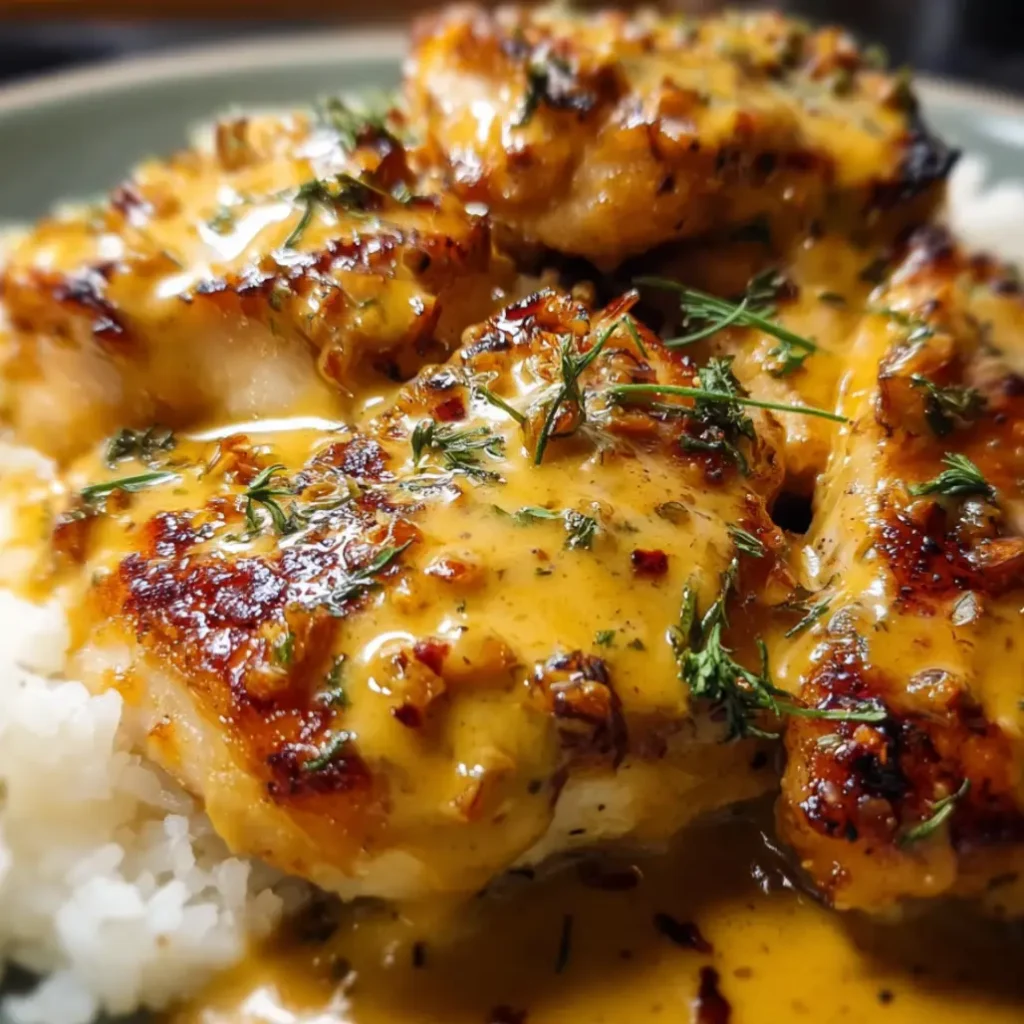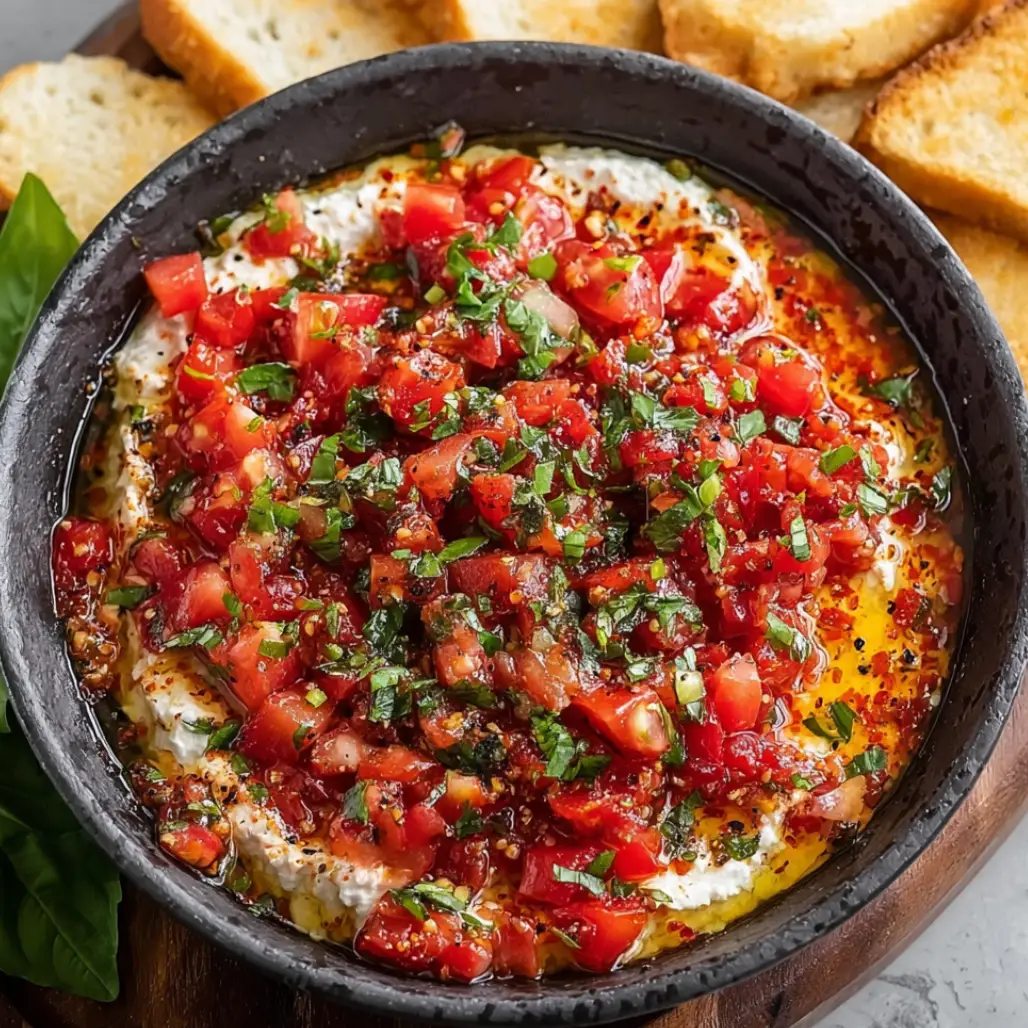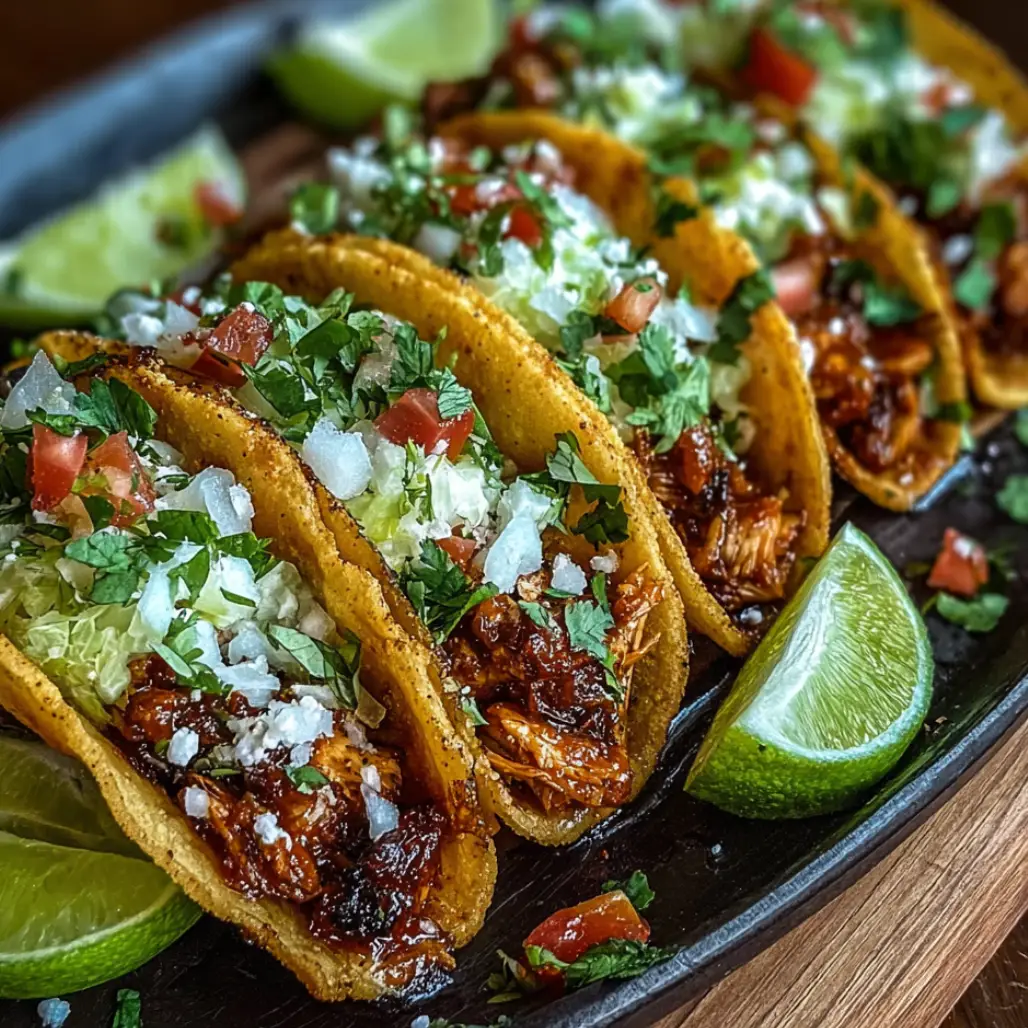| Prep Time: | 15 minutes |
|---|---|
| Cook Time: | 25 minutes |
| Total Time: | 40 minutes |
| Serves: | 4 |
Imagine this spectacular honey mustard chicken emerging from your oven with a beautifully caramelized glaze that perfectly balances sweet honey with tangy mustard, because this extraordinary recipe transforms ordinary chicken into a restaurant-quality masterpiece that satisfies every comfort food craving. This incredible honey mustard chicken combination delivers the perfect harmony of flavors because it features tender, juicy chicken coated in a luscious sauce that caramelizes during baking, creating an irresistibly glossy finish that makes weeknight dinners feel like special occasions.
Why Honey Mustard Chicken Creates Culinary Magic
This remarkable honey mustard chicken recipe succeeds brilliantly because it combines two complementary flavors that enhance each other while tenderizing the meat through natural acidity and enzymes. The honey component provides natural sweetness and helps create beautiful caramelization because its sugars brown at high temperatures, while the mustard adds tangy depth and acts as a natural meat tenderizer that ensures succulent results every single time.
The genius of this honey mustard chicken lies in its simplicity because it requires only pantry staples yet delivers sophisticated flavors that appeal to both children and adults alike. The marinade penetrates deep into the chicken because the acidic mustard breaks down tough proteins, while the honey adds moisture and creates that signature glossy coating that makes this dish visually stunning and incredibly appetizing.
The preparation proves remarkably straightforward because this honey mustard chicken recipe uses basic techniques that guarantee success for home cooks of all skill levels. The sauce doubles as both marinade and glaze because it infuses flavor during marinating while creating a beautiful finish during the final baking stages, ensuring maximum flavor impact with minimal effort required.
Essential Ingredients for Perfect Honey Mustard Chicken
For the Chicken Base:
- 4 large boneless, skinless chicken breasts or 6 chicken thighs
- 1 teaspoon salt
- 1/2 teaspoon black pepper
- 1 teaspoon garlic powder
- 1/2 teaspoon paprika
For the Honey Mustard Sauce:
- 1/3 cup pure honey
- 1/4 cup Dijon mustard
- 2 tablespoons whole grain mustard
- 3 tablespoons olive oil
- 2 cloves garlic, minced
- 1 tablespoon apple cider vinegar
- 1 teaspoon fresh rosemary, chopped
- 1/2 teaspoon dried thyme
- 1/4 teaspoon cayenne pepper (optional)
For Enhanced Flavor:
- 2 tablespoons butter, melted
- 1 tablespoon fresh lemon juice
- 1 tablespoon fresh parsley, chopped for garnish
- Lemon wedges for serving
The Art of Creating Honey Mustard Chicken
Mastering this exceptional honey mustard chicken requires understanding the delicate balance between sweet and tangy elements because successful execution depends on proper ratios, marinating time, and temperature control throughout the cooking process. The sauce preparation proves crucial because properly emulsified honey mustard mixture coats the chicken evenly and penetrates the meat fibers for maximum flavor development.
The marinating process becomes essential because adequate time allows the mustard’s natural acids to tenderize the proteins while the honey adds moisture and begins flavor absorption. The chicken preparation affects final texture because uniform thickness ensures even cooking,Categories while proper seasoning enhances the overall flavor profile that makes this honey mustard chicken truly memorable.
Temperature management during cooking determines success because moderate heat allows the sauce to caramelize without burning, while internal temperature monitoring ensures food safety and optimal texture. The glazing technique creates the signature appearance because multiple applications build layers of flavor while developing the characteristic golden-brown finish that distinguishes exceptional honey mustard chicken.
Step-by-Step Instructions for Honey Mustard Chicken
Step 1: Prepare the Chicken Foundation
Preheat your oven to 375°F and line a large baking dish with parchment paper because this prevents sticking while promoting even heat distribution. Pat each chicken piece completely dry with paper towels because excess moisture prevents proper sauce adhesion and can create steam during cooking.
Professional Tip: If using chicken breasts, pound them to uniform thickness of about 3/4 inch because this ensures even cooking and prevents dry, overcooked portions.
Key Points: Season chicken pieces generously with salt, pepper, garlic powder, and paprika because internal seasoning enhances flavor throughout the meat rather than just on the surface.
Step 2: Create the Signature Honey Mustard Sauce
Whisk together honey, Dijon mustard, whole grain mustard, olive oil, minced garlic, apple cider vinegar, rosemary, thyme, and cayenne in a medium bowl because thorough mixing creates a smooth, emulsified sauce that coats evenly. Taste and adjust seasoning as needed because the sauce should balance sweet, tangy, and savory elements perfectly.
Professional Tip: Let the sauce rest for 10 minutes before using because this allows the flavors to meld and develop deeper complexity.
Key Points: Reserve about 1/4 cup of the sauce for finishing because using fresh sauce for glazing prevents contamination and provides brighter flavor at serving time.
Step 3: Marinate the Chicken Properly
Place seasoned chicken in the baking dish and pour three-quarters of the honey mustard sauce over the pieces, turning to coat completely because even coverage ensures uniform flavor penetration. Cover with plastic wrap and refrigerate for at least 30 minutes because marinating time allows the acids to tenderize while flavors develop.
Professional Tip: For enhanced flavor, marinate for up to 4 hours because longer exposure creates deeper taste, but avoid over-marinating as acids can make the texture mushy.
Key Points: Bring chicken to room temperature for 15 minutes before cooking because this promotes even heating and reduces cooking time variations between pieces.
Step 4: Execute the Initial Baking Phase
Remove plastic wrap and place the baking dish in the preheated oven because immediate cooking preserves the marinade flavors while beginning the caramelization process. Bake for 20 minutes without opening the oven door because consistent temperature maintains proper cooking environment and prevents heat loss.
Professional Tip: Use a meat thermometer to check the thickest part because chicken should reach an internal temperature of 165°F for safe consumption.
Key Points: The sauce will begin to bubble and caramelize around the edges because the natural sugars in honey start browning at these temperatures, creating deeper flavors.
Step 5: Apply the Finishing Glaze
Remove chicken from oven and brush with reserved honey mustard sauce because fresh sauce provides vibrant flavor and creates an attractive glossy finish. Drizzle with melted butter and lemon juice because these additions enhance richness and add bright acidity that balances the sweetness.
Professional Tip: Return to oven for 5-8 minutes under the broiler because high heat creates beautiful caramelization and golden-brown color that makes presentation stunning.
Key Points: Watch carefully during broiling because the sugars can burn quickly, and the goal is golden caramelization rather than charring.
Step 6: Rest and Serve with Style
Remove from oven and let chicken rest for 5 minutes because this allows juices to redistribute throughout the meat, ensuring maximum tenderness and flavor. Garnish with fresh chopped parsley and serve with lemon wedges because these finishing touches add color contrast and additional flavor options.
Professional Tip: Slice chicken on the bias for elegant presentation because angled cuts create larger surface area and showcase the juicy interior beautifully.
Key Points: Drizzle any remaining pan juices over the chicken because these concentrated flavors provide additional richness and enhance the overall eating experience.
Professional Tips for Perfect Honey Mustard Chicken
Quality ingredients make a significant difference because pure honey, good mustard, and fresh herbs create superior flavors compared to processed alternatives. Choose raw or minimally processed honey because it provides complex floral notes and natural enzymes that enhance the overall taste profile of this honey mustard chicken.
Mustard selection affects final flavor because Dijon provides sharpness while whole grain adds texture and visual interest. Combine different mustard varieties because this creates depth and complexity that distinguishes homemade preparations from simple store-bought versions that lack character and sophistication.
Temperature control proves essential because moderate heat allows proper caramelization without burning, while meat thermometers eliminate guesswork and ensure food safety. Make-ahead preparation saves time because marinated chicken can be refrigerated overnight, actually improving flavor development while streamlining dinner preparation.
Creative Variations for Honey Mustard Chicken
Transform this basic honey mustard chicken into exciting alternatives because versatility allows you to customize flavors according to seasonal ingredients and personal preferences. Add fresh herbs like thyme, sage, or tarragon because these aromatic additions complement the honey-mustard base while creating unique flavor profiles that keep the dish interesting and fresh.
Spice variations create different heat levels because adding chipotle peppers provides smoky heat, while Asian chili garlic sauce adds sweet heat that complements the honey beautifully. Fruit additions work wonderfully because diced apples, pears, or dried cranberries add textural interest and natural sweetness that enhances the overall flavor complexity.
Protein alternatives succeed with this preparation because pork chops, salmon fillets, or even firm tofu absorb the marinade beautifully while providing different nutritional profiles. Cooking method variations allow flexibility because grilling, slow cooking, or air frying all produce excellent results with appropriate time and temperature adjustments.
Perfect Pairing Ideas for Honey Mustard Chicken
This versatile honey mustard chicken pairs beautifully with light, fresh sides that complement rather than compete with the sweet-tangy main dish because balanced menus create more enjoyable dining experiences. Consider crisp salads from https://tastymiddles.com/category/salads/ because their acidic dressings cut through the richness while providing essential nutrients and textural contrast.
Start meals with elegant appetizers from https://tastymiddles.com/category/snacks-appetizers/ because lighter options prepare the palate for the flavorful main course without overwhelming the senses. Complement with thoughtfully chosen sides from https://tastymiddles.com/category/perfect-sides/ because simply prepared vegetables allow the star dish to shine while providing nutritional balance and color variety.
Wine selections should enhance the experience because crisp white wines like Riesling or Gewürztraminer complement the honey sweetness, while light reds like Pinot Noir provide pleasant contrast. Beer enthusiasts appreciate wheat beers or light lagers because their clean finish doesn’t overwhelm the delicate flavor balance of this honey mustard chicken preparation.
Discover More Flavorful Recipe Inspirations
Expand your culinary repertoire with complementary recipes that share similar sweet-savory characteristics because building a collection of crowd-pleasing dishes enhances your entertaining confidence and cooking skills. Explore savory sides at https://solushrecipes.com/category/savory-sides/ because well-prepared vegetables and starches create complete, satisfying meals that showcase your developing culinary abilities.
Enhance your skills with flavorful marinades from https://solushrecipes.com/category/flavored-dips-marinades/ because these versatile preparations transform simple ingredients into extraordinary dishes that impress family and guests while building your confidence in flavor combinations and cooking techniques.
Consider refreshing beverages from https://solushrecipes.com/category/refreshing-beverages/ because well-chosen drinks balance rich foods and cleanse the palate between bites. Complete your meal planning with breakfast favorites from https://solushrecipes.com/category/breakfast-favorites/ because incorporating similar flavor elements into morning meals creates cohesive menu themes throughout the day.
Storage Guidelines for Honey Mustard Chicken
Proper storage techniques preserve both flavor and texture because leftover honey mustard chicken can provide delicious meals for several days when handled correctly. Cool completely before refrigerating because hot food raises refrigerator temperature and can compromise food safety while creating condensation that affects sauce consistency and chicken texture.
Store in airtight containers for up to four days because proper sealing prevents moisture loss and flavor absorption from other refrigerator contents. Freeze individual portions for up to three months because properly wrapped pieces maintain quality longer and allow you to defrost only what you need for future meals.
Reheat gently to preserve the glaze because moderate oven warming at 325°F restores texture better than microwave heating, which can make the coating soggy. Cover loosely with foil during reheating because this prevents over-browning while allowing trapped moisture to escape, maintaining the original texture and appearance.
The Science Behind Perfect Honey Mustard Chicken
Understanding the cooking chemistry improves results because knowledge of protein denaturation, sugar caramelization, and acid tenderization helps predict outcomes and troubleshoot problems. The honey component works through Maillard reactions because its natural sugars interact with amino acids at high temperatures, creating complex flavors and appealing golden-brown colors.
Mustard’s tenderizing action occurs through natural enzymes and acids because these compounds break down tough protein fibers, allowing marinades to penetrate deeper while creating more tender final texture. The emulsification process in sauce preparation matters because properly combined oil and acid create stable mixtures that coat evenly and don’t separate during cooking.
Temperature monitoring ensures optimal results because proteins coagulate at specific temperatures, while sugars caramelize within particular ranges. Understanding these processes allows better timing and heat control that produces consistently excellent honey mustard chicken with perfect texture and flavor development every single time.
Troubleshooting Common Honey Mustard Chicken Issues
Burnt glaze problems occur when oven temperature is too high because excessive heat causes sugar caramelization to proceed too quickly, resulting in bitter flavors and unappealing appearance. Reduce temperature and tent with foil because lower heat allows proper cooking while preventing over-browning of the delicate honey coating.
Dry chicken results from overcooking because proteins contract and expel moisture when heated beyond optimal temperatures. Use meat thermometers and remove promptly at 165°F because residual heat continues cooking while juices redistribute throughout the meat fibers for maximum tenderness and flavor retention.
Sauce separation happens when oil and acid components aren’t properly emulsified because inadequate mixing creates unstable mixtures that break under heat. Whisk vigorously while slowly adding oil because gradual incorporation creates stable emulsions that maintain consistency throughout the cooking process and storage period.
Additional Sweet and Savory Recipe Inspirations
Continue your culinary exploration with delightful desserts from https://tastymiddles.com/category/dessert-recipes/ because sweet endings provide satisfying conclusions to savory meals like this honey mustard chicken. Consider fruit-based preparations or light, airy textures because these choices balance the rich main course while providing pleasant flavor transitions that complete the dining experience.
Build confidence with similar glazed preparations because mastering basic techniques enables creative variations that showcase seasonal ingredients and personal preferences. Sweet and savory cooking emphasizes balance and harmony because these dishes create memorable flavor experiences that bring people together around the dining table.
Remember that cooking success improves with practice because each attempt provides valuable learning experiences that enhance your understanding of ingredient interactions, timing, and flavor development that make home cooking truly rewarding, personally fulfilling, and consistently delicious for family and friends alike.
Conclusion
This exceptional honey mustard chicken recipe represents the perfect fusion of sweet and savory elements because it transforms simple ingredients into an extraordinary dish that satisfies both visual appeal and flavor expectations while remaining accessible to home cooks of all experience levels. The combination of tender chicken, caramelized glaze, and balanced seasonings creates a multi-layered eating experience because each element contributes unique characteristics that work together harmoniously to deliver restaurant-quality results.
Whether preparing casual weeknight family dinners or entertaining guests for special occasions, this honey mustard chicken guarantees impressive results because the beautiful presentation and sophisticated flavors demonstrate culinary skill while using ingredients that most home cooks already have available. The recipe’s adaptability allows for personal customization because ingredient substitutions and cooking method variations accommodate dietary preferences and equipment limitations without compromising the essential characteristics that make this dish truly memorable and absolutely delicious every single time.










